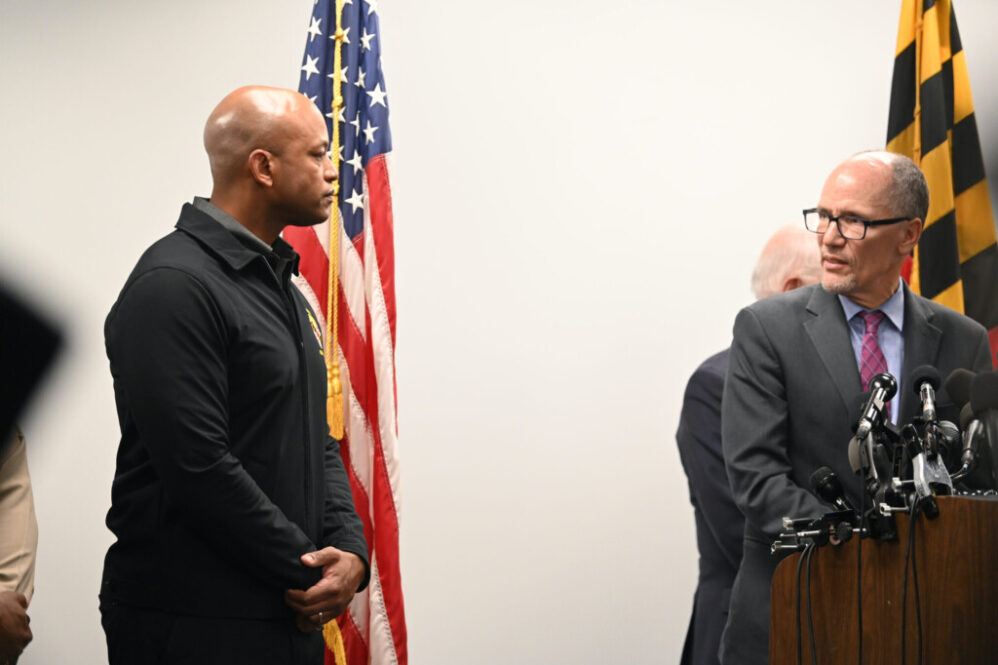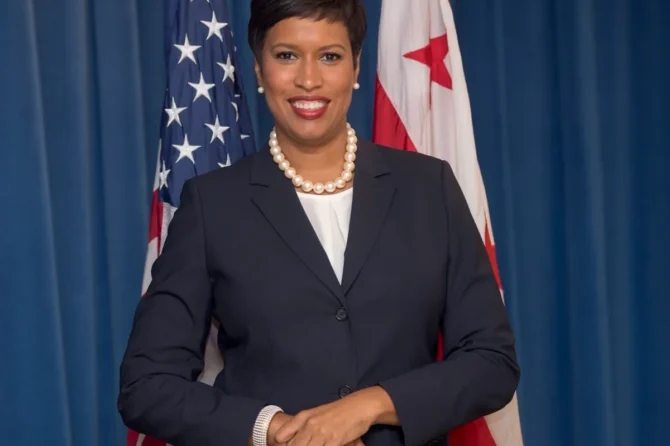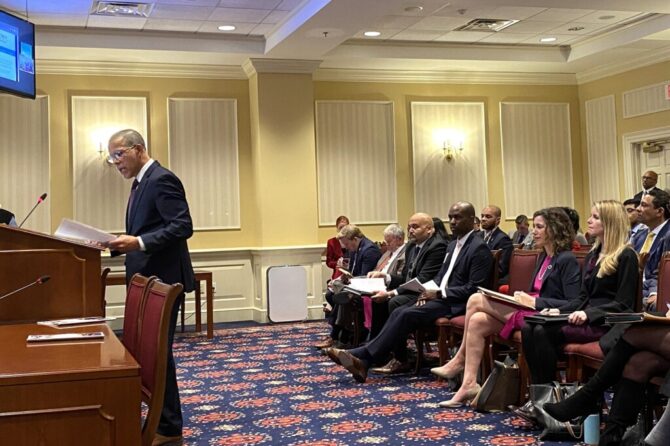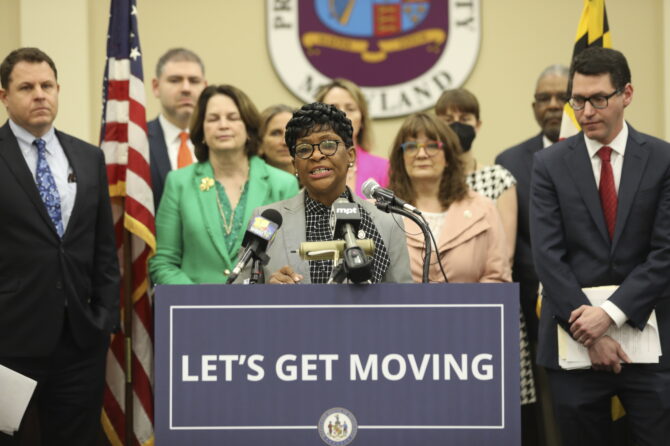MARYLAND MATTERS: Suppose you’re president of the United States and a catastrophe happens — say it’s the collapse of the Francis Scott Key Bridge just outside of Baltimore after a massive container ship slams into it.
As president, you’ve got the full force and resources of the federal government to call upon to respond to the disaster: cabinet secretaries, the military, emergency agencies, independent investigators and more.
This particular calamity impacts the nation’s supply chain and its workforce, and ripples out from Baltimore to the rest of the country. You have six dead Central American immigrants who were working on the bridge in the middle of the night, patching potholes. There are thorny legal issues. And while, as a president from Delaware, you have a basic familiarity with Maryland and its political players, you may only have deep relationships with a couple of veteran officeholders but not with the full panoply of elected officials.
From a president’s point of view, every disaster needs troubleshooters, and people with expertise in critical and relevant areas, and reliable counselors who can serve as liaisons between the federal government and state and local officials.
But in this particular instance, while President Biden is indeed relying on various high-level agency officials to navigate the bridge collapse and its wide-ranging fallout, one of his top advisers is uncommonly equipped to be the White House’s chief eyes and ears for everything that’s happening on the ground and in the water in Maryland: Tom Perez.
Officially, Perez is senior advisor and assistant to the president and director of the White House Office of Intergovernmental Affairs. It’s a job he quietly took over in June of 2023 — 11 months after losing the Democratic gubernatorial primary to now-Gov. Wes Moore by 2 points, or just over 15,000 votes.
It’s a wordy title with an intentionally ambiguous portfolio. But it enables Perez to basically parachute into emergency situations across the country, especially when a coordinated and sustained government response is required.
He’s uniquely qualified to be part of this critical government strategy at home in Maryland.
Workforce implications as a result of the bridge collapse? Perez was labor secretary in Maryland and for the Obama administration. Legal conundrums? Perez was a longtime Justice Department official and ran for attorney general of Maryland. Outreach needed to Baltimore’s immigrant community? The bilingual Perez is himself the son of immigrants, from the Dominican Republic, and is the former board president of CASA, the immigrant services organization.
And of course, Perez has a wealth of contacts here in Maryland, from Moore on down.
He has been on the scene in Dundalk and was one of several public officials who spoke after Moore at a news conference on Wednesday, some 40 hours after the Dali collided with the Key Bridge. He has also done national media hits, offering reassurances from the Biden administration to state leaders and various communities. In fact, on Sunday morning, he appeared on MSNBC’s “The Weekend” about 45 minutes after Moore did — sandwiched as it happened in between Moore and U.S. Rep. Jamie Raskin (D-8th) and questioned, as Moore and Raskin were, by former Maryland Lt. Gov. Michael Steele (R). It was quite a noteworthy Maryland showing.
Throughout his public appearances during this crisis, Perez has carefully and correctly praised Moore’s leadership. But he’s also bringing a touch of Maryland to the dialogue. It isn’t every day you hear a high-ranking federal official give a shout-out to Baltimore County Executive Johnny Olszewski (D) on national TV, for example.
It serves as a reminder that Perez has vast experience at the federal, state and local levels and has an idea of what levers to pull to get things done. And while he has run for political office, Perez is also content to work in less visible roles, often in tough, thankless jobs.
It’s almost inevitable that after a close political race, the winner and the loser — and just as significantly, their teams — might view each other with some combination of resentment, suspicion and envy, however publicly they kiss and make up. But that’s certainly not evident between Moore and Perez today.
Way back in 1982, Ed Koch, the mayor of New York City, and Mario Cuomo, the lieutenant governor of New York, ran against each other in the Democratic primary for governor. One of Cuomo’s pitches to voters who liked Koch was that if they voted for Cuomo, they could keep Koch as mayor and get Cuomo for governor.
“Two for the price of one,” Cuomo liked to say. Cuomo, of course, won.
That kind of feels like what we have now with Moore and Perez — two for the price of one. Whether you voted for one or the other or neither in 2022, in an all-hands-on-deck situation in Maryland, that’s not a bad thing.











